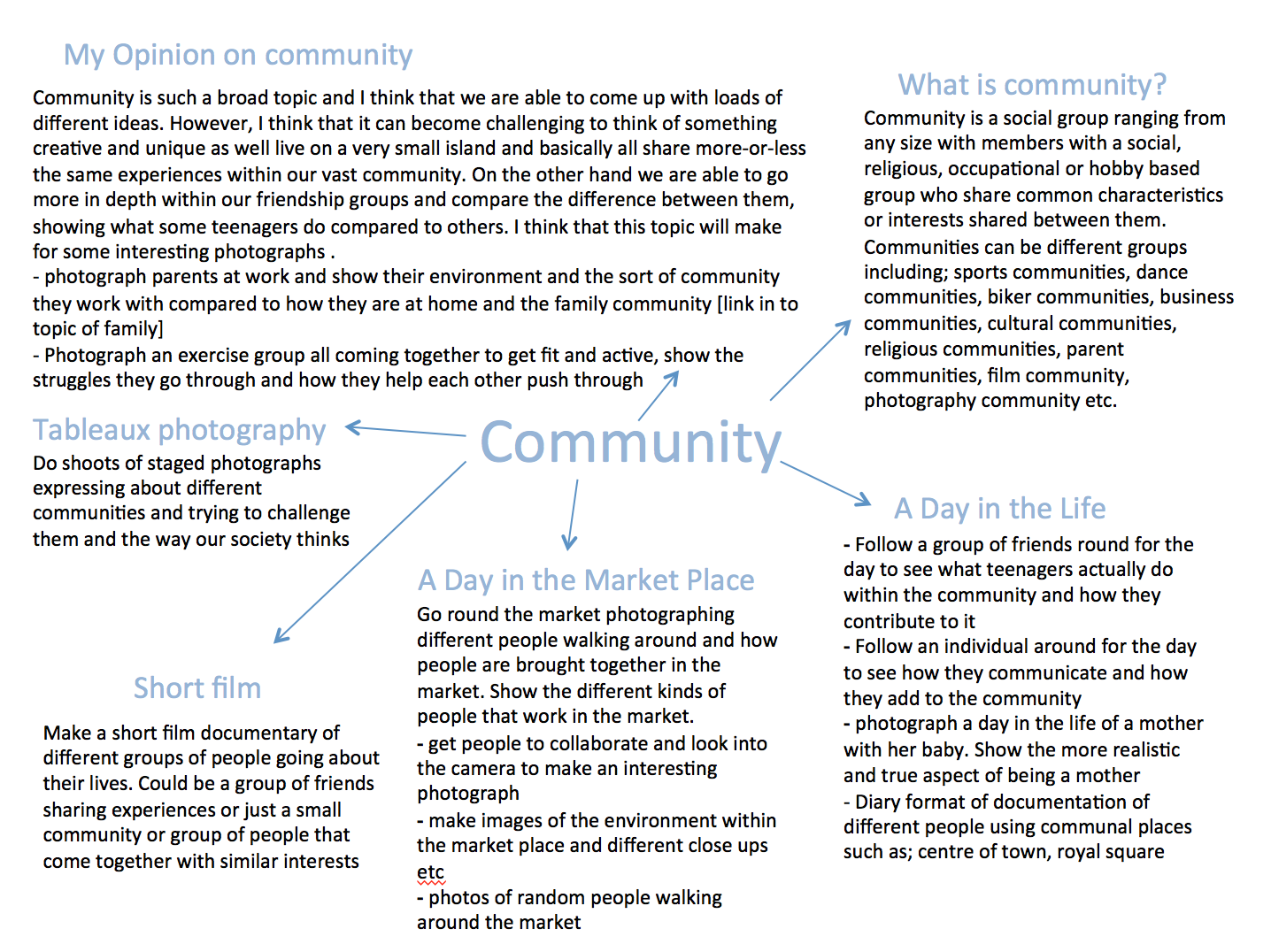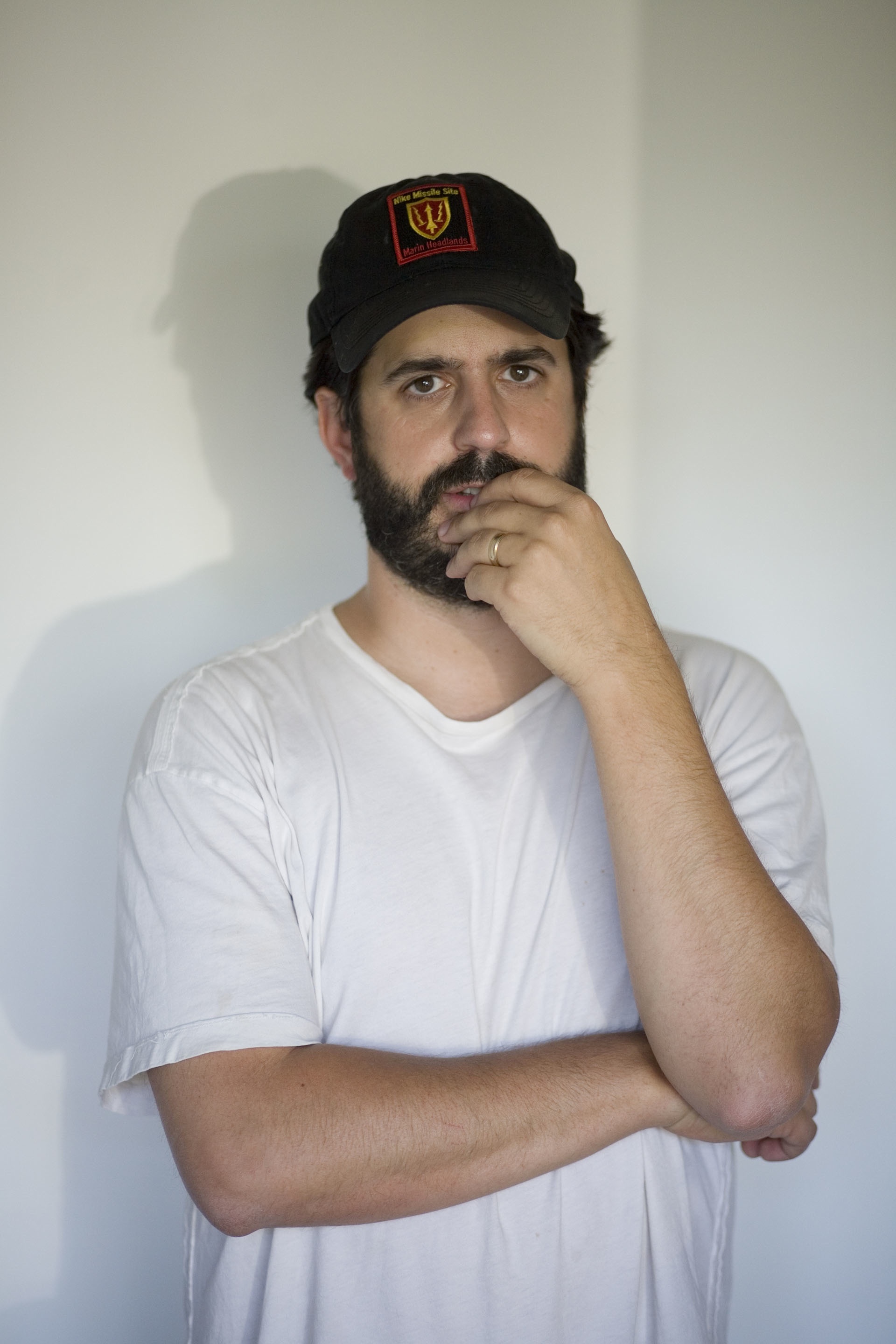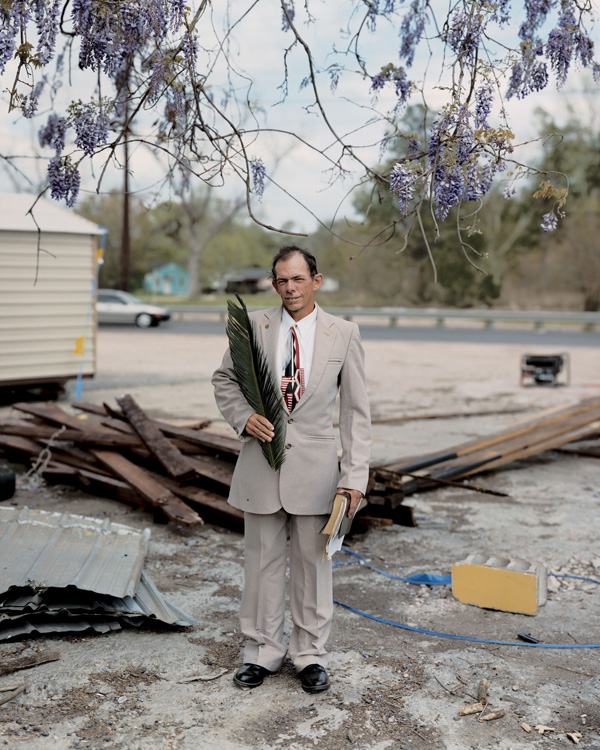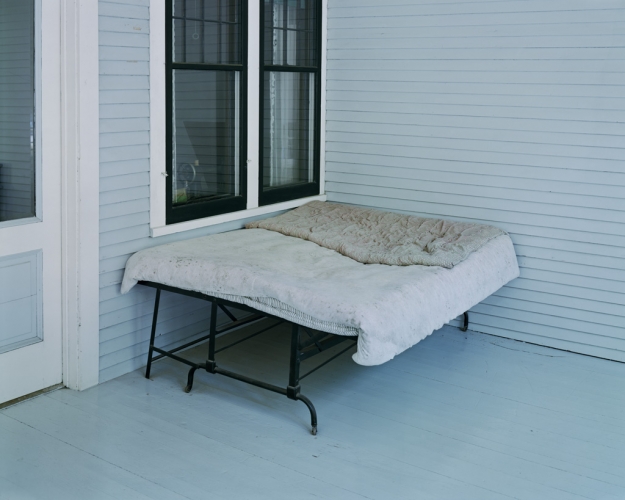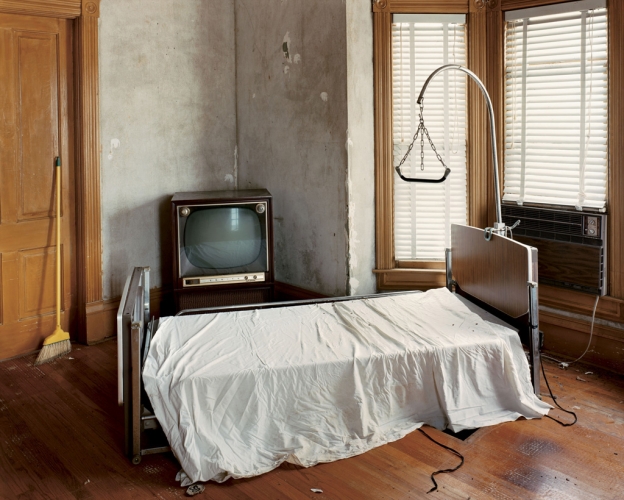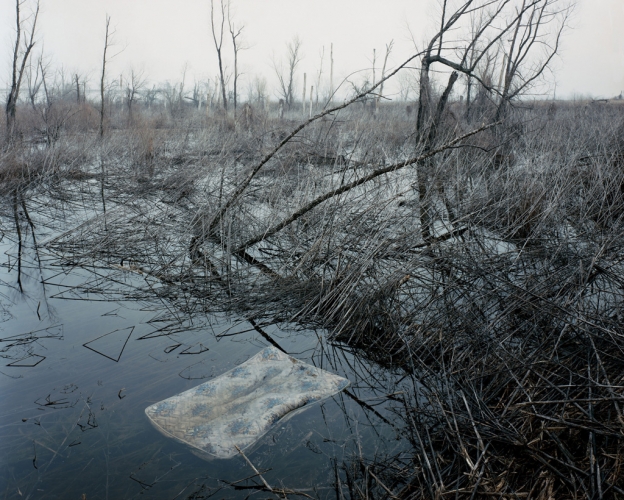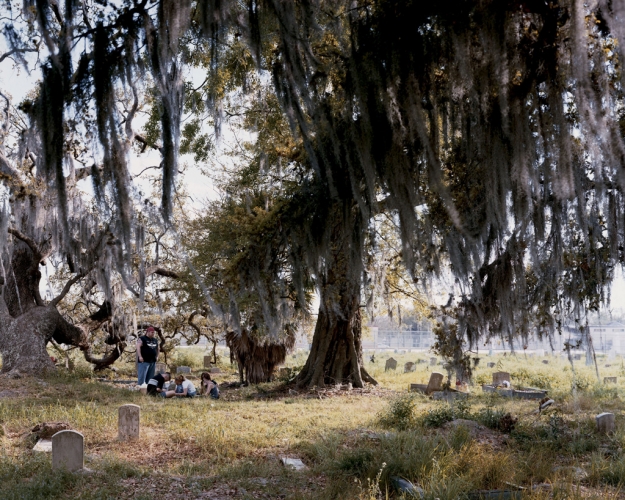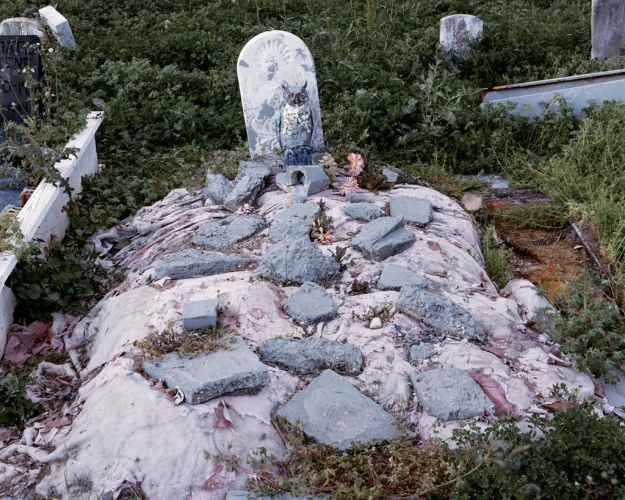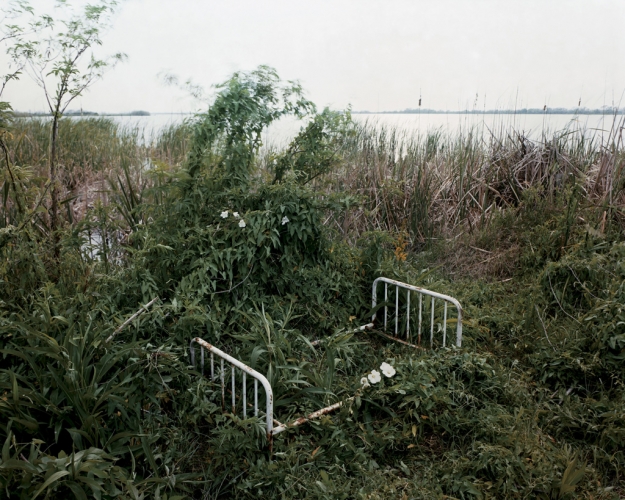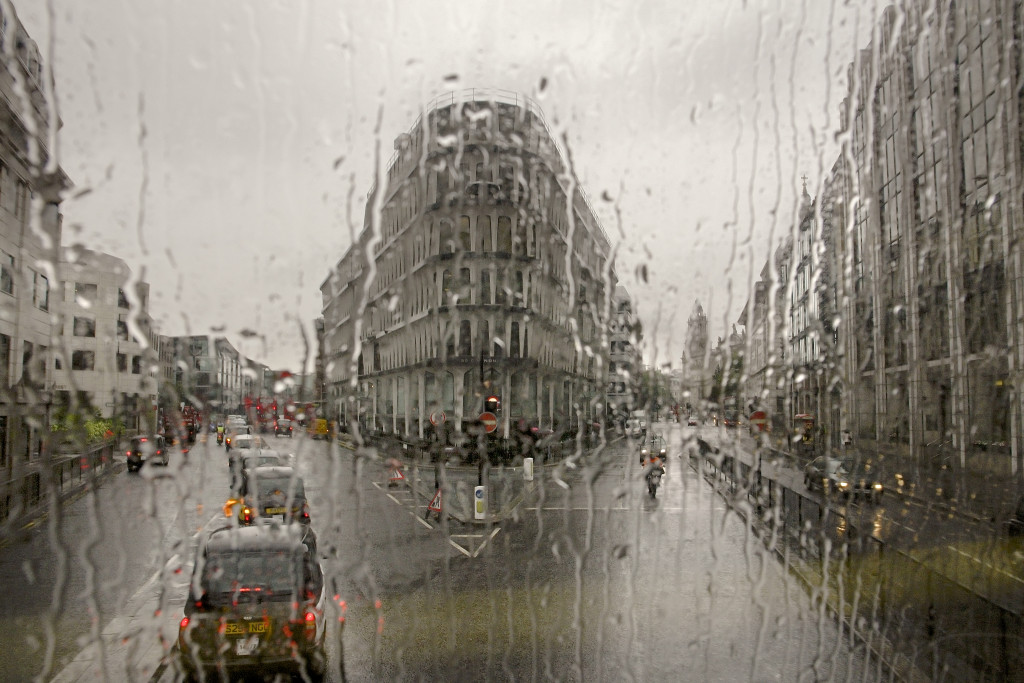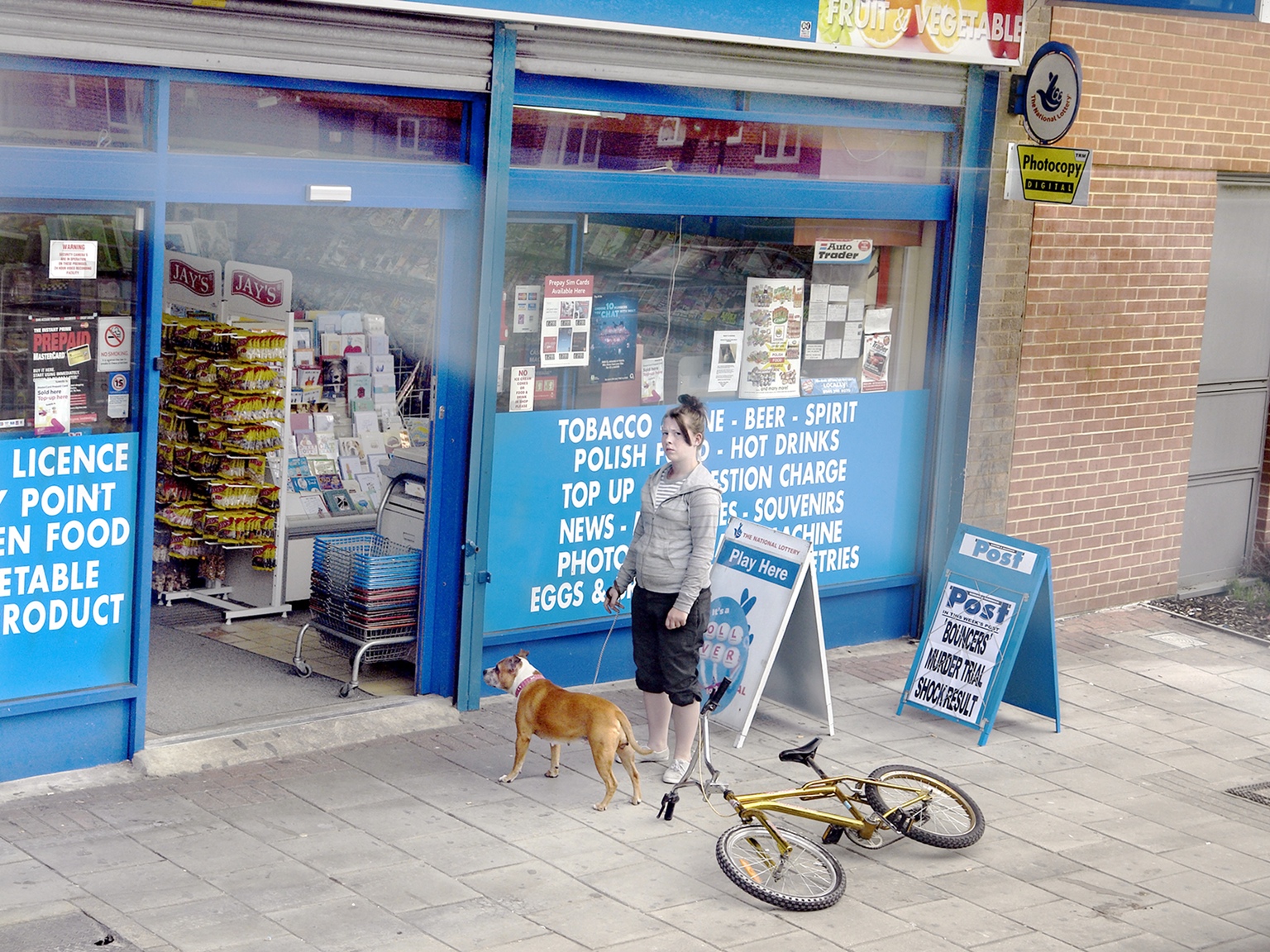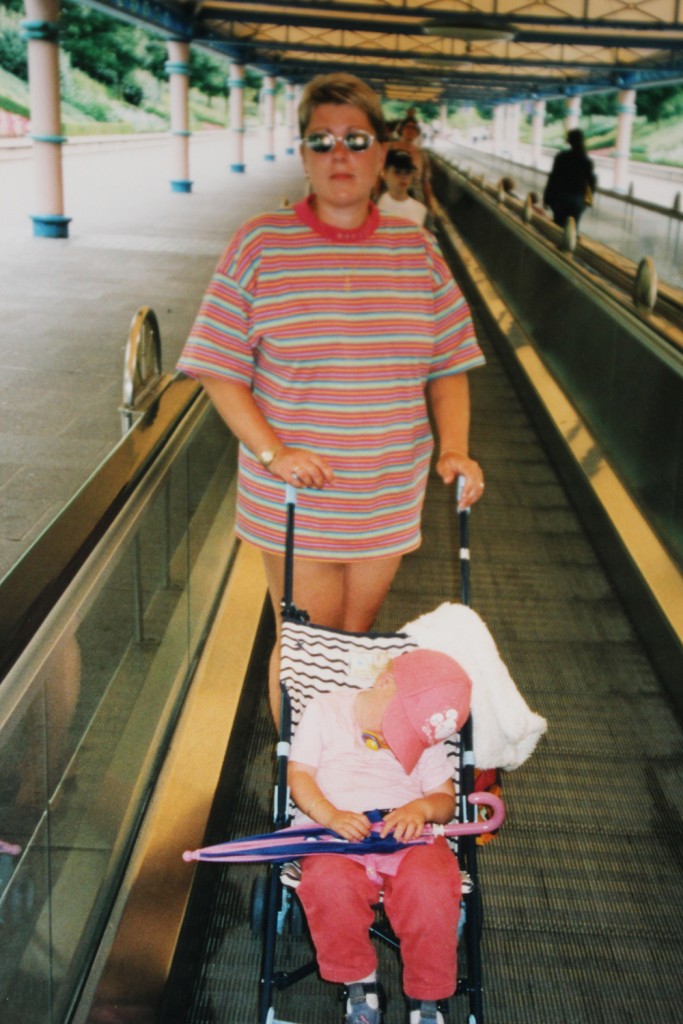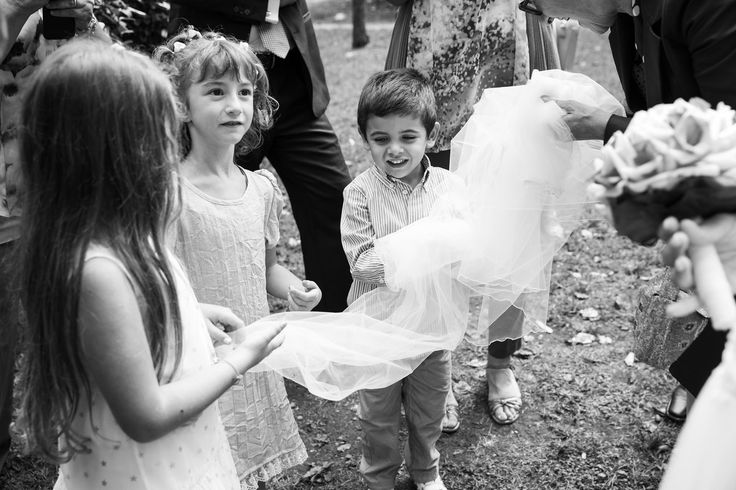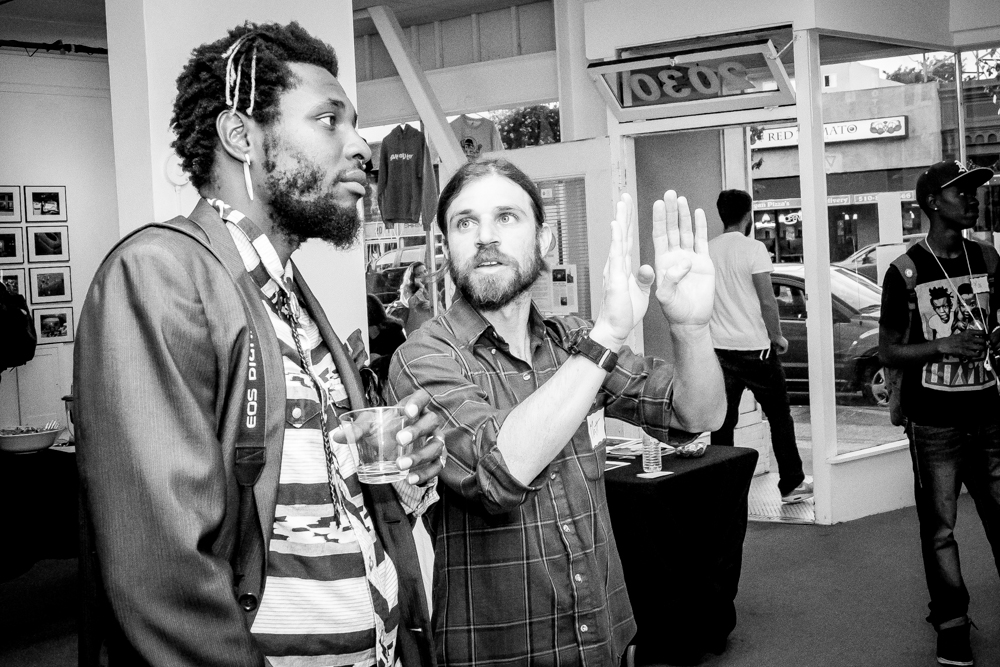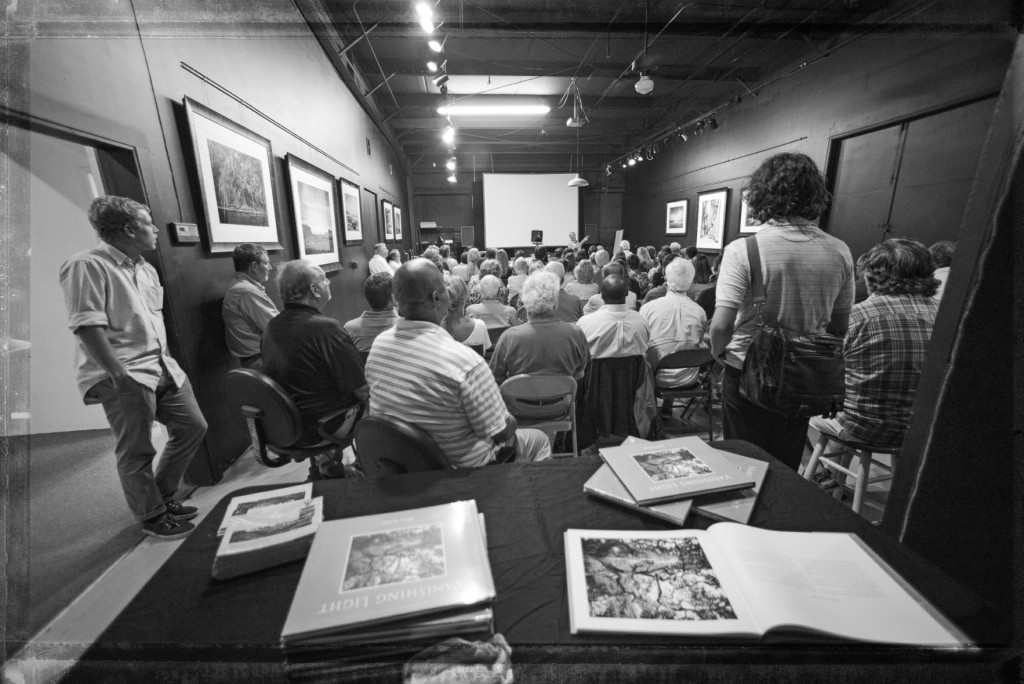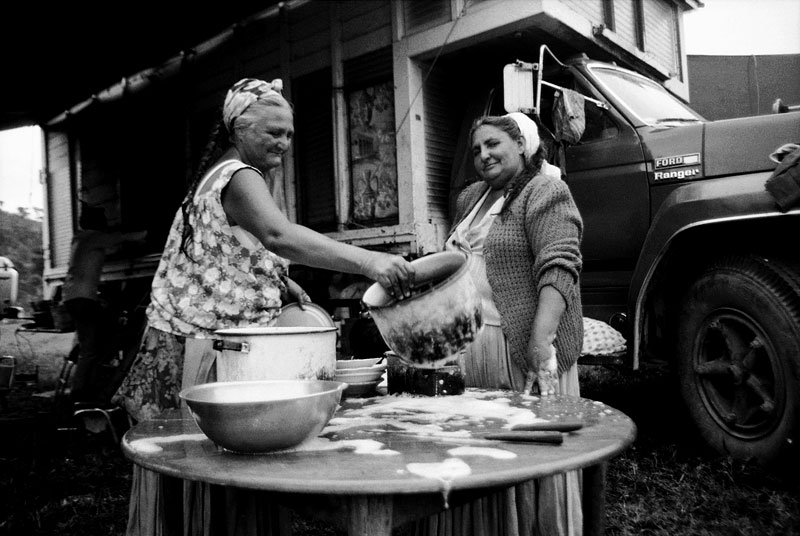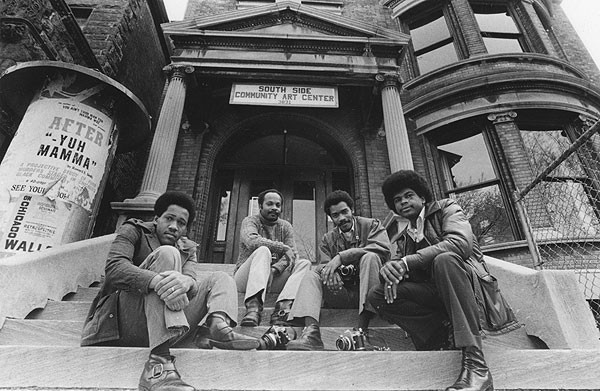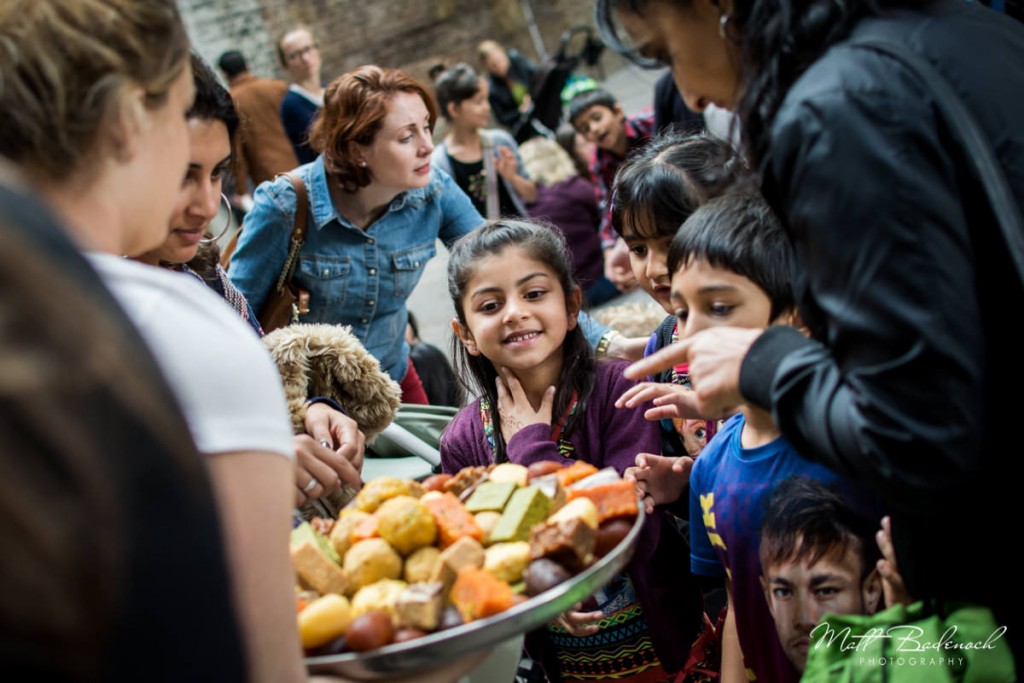- Family albums and recreate them.
- Compare old pictures to current ones, such as baby pictures.
- Action shots.
- Document how the environment has changes, for example inside the house.
- Action shots.
- Special occasions like birthdays.
- Weddings.
- Baptisms.
- Different Perspectives.
- Insider point of view.
- Outsider point of view.
- Staged pictures.
- Pictures that aren’t staged.
- Mini documentary short film.
- Short interviews.
- Candid’s of family member’s.
- Notion of love.
- Explore secrets on a certain level.
- Show their beliefs.
- Close friends, how they can think of themselves as family.
- What made them friends.
- Explore their interests.
- Private and public things.
- Diary.
- Sacred objects or things to family members.
- Follow them round for a certain time period, like on the streets.
- Document their hobbies and everyday life.
- Look at their addictions, like alcoholism.
- Positive and negative moments, like arguments and affection shown.
- Look at extended and close family.
- Ask to photograph other people’s families.
- Admire their different cultures and environment.
- Moments in people’s life’s.
- Snapshots.
- Compare and contrast differences between other people’s families and mine.
- Look at difference between my families culture and another one’s.
- Obsessions or collections of certain things – magazines, books, alcohol, clutter, hoarders.
- bored couples -martin parr
- social media taking oveer family time
Category Archives: Research
Filters
Alex Soth: Artist Reference
“I was a really shy person, so it is really strange that I have made a life out of approaching strangers”
Alex Soth is an American Documentary photographer, well known for his extensive photographic projects featuring the mid-western United States. Soth is an extremely successful photographer who has the rare ability to sell photographs as prints for large amounts of money, as well as being able to sell copies of his photo-book in mass quantity. Soth’s work explores social documentary, specfically the sub-genre of community photography, meaning that he is very much required to work from an outsider perspective. He has stated that his biggest success within his photography is being able to shape his “photographic career out of finding chemistry with strangers”, often “loners and dreamers”
Soth was born in 1969 in Minneapolis, Minnesota. An introvert, Soth was extremely shy during childhood and adolescence. His interest in photography began through studying the worrk of portrait photographer Diane Arbus. Orginally, Soth considered himself to be a tableaux photographer – largely because he felt uncomfortable photographing people without their permission. He eventually began to become more interested in social documentary, esacially of Amercian Culture, and so extended his photography to combine photojournalism and tableaux photography.
Soth first won worldwide artist recognition in 2004 with the publication of Sleeping by Mississippi; a self printed book by Soth. The book contists of Soth documentation landscapes and interiors while road trips along the Mississippi river. In 2006 this was followed by Soth’s series ‘Niagara’, using the location Niagara falls as the case-study of the project, exploring the meaning of Niagara Falls for different people. He has since then produced two more books, Last Days of W and From Here to There: Alec Soth’s America. He has also produced commissioned work for The New York Times Magazine.
Soth’s work is included in a number of permanent collections, including those at the Minneapolis Institute of Arts, the Museum of Contemporary Photography in Chicago, the Los Angeles County Museum of Art, and the Israel Museum in Jerusalem. He is represented by the Weinstein Gallery in Minneapolis.
Community- Case study
Atlantus – A Transoceanic Journey
Atlantus is a project which began in 2014 in collaboration with Gareth Syvret at the Archisle. The work initiated by the 350th anniversary of Sir George Carteret naming the state New Jersey after his home in 1664. The aim of the project was to compare the cultural differences and similarities of the island and state on either side of the Atlantic Ocean. The project is to connect these two communities in five stories combining both photographs and text. It is a DIY exhibition of a multi-functional newspaper. The story I find the most interesting is the third, my favourite photographs are also in this section. I like the cow image because it is not a typical photograph of a Jersey cow; it is a great deal more interesting because it captures the cow differently. Furthermore I like the story of the cow travelling to the state of New Jersey and the research gone into the work in order to find the people that have been connected to the gift.

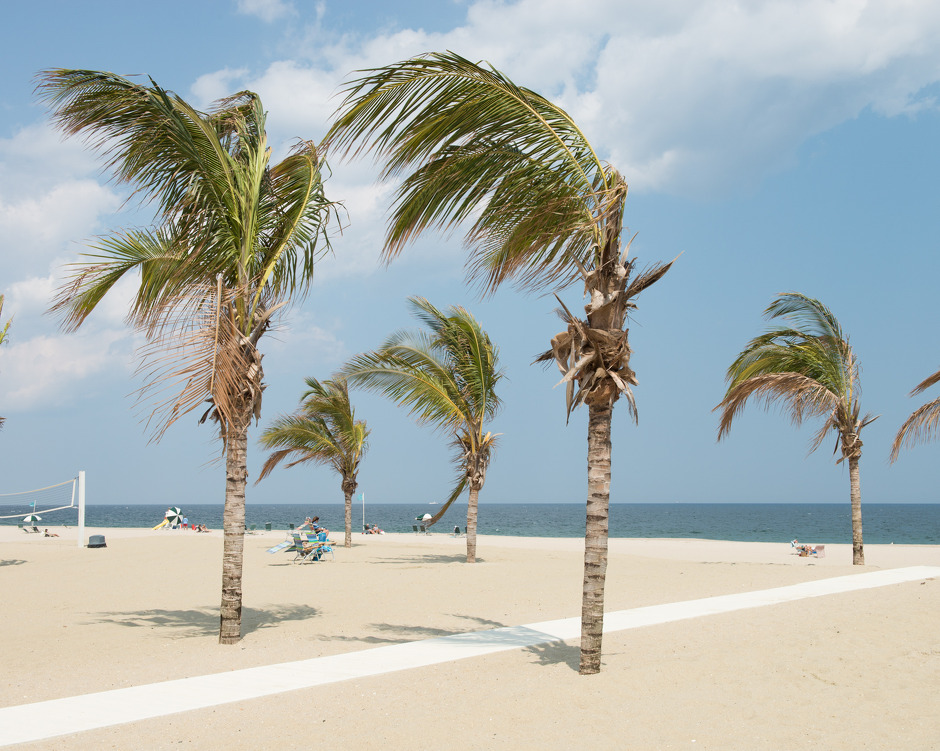
Toft used a combination of portraits, landscapes , still life and archival material. Firstly, Toft used archival material as a crucial part of the narrative, Syvret’s writing has been influenced by the historic photographs. The archive links the project back to the original story, it allows the modern photographs to contrast with the background of the narrative. The landscapes have been included in order to represent the geographical side of the narrative. It compares the two lands and looks at the relationship between the two. In terms of still life photography, Toft photographs the archival records of Sir George Carteret at St. Ouen’s manor library. The point of the images are to outline the context of the project. There are different styles of portraiture that have been used for example, tableaux photography of political leaders and candid photography.
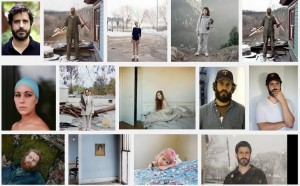
SLEEPING BY THE MISSISSIPPI
Alec Soth is an American photographer, based in Minneapolis, who makes “large-scale American projects” featuring the Midwestern United States. The project Iam looking to study is his project ‘sleeping by the Mississippi’. SBTM is a photography book made from Soth travelling down the Mississippi and taking photographs in the areas around the river. 
The project contains many fascinating images, all of these images somehow relate to ‘sleeping by the Mississippi’. Some of the images more so than others, the following are some of my favorite images from the project – These images mainly focus around beds and occasionally death, which can be interpenetrated as sleeping beyond life.
My two favorite images are the photographs where you can see bed/mattresses in the water itselfs. This relates extremely closes to the title ‘SLEEPING by the MISSISSIPPI’ as it has bed posts and mattresses which are used for sleeping. Therefore the images show quite clearly a representation of ‘SLEEPING by the Mississippi’. Here are my two favorite images –
Community- Artist References
Robert Frank
Robert Frank produced at publication called ‘The Americans’ during the post-war era. It was first published in 1958 in France, it was considered extremely influential photography. The photographs are distinct in portraying both the low and high strata of American society. Overall the book was a portrait of the time that was viewed contemporary values and loneliness. The project is said to project a new view of America, it went against the typical wholesome photo essays displayed in some magazines. Frank’s work focused on factory workers of Detroit and other individuals or groups of people segregated from the American norm.
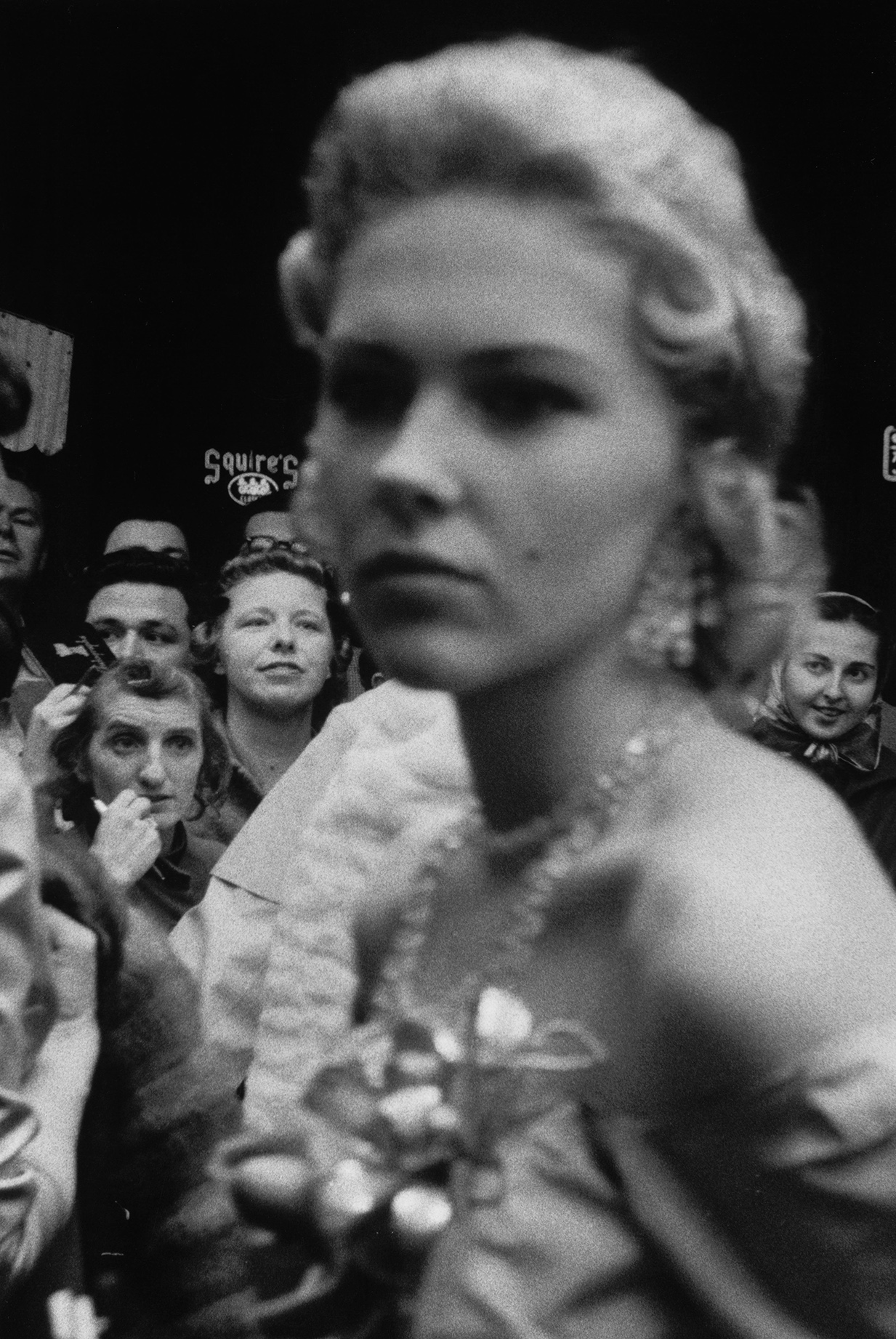
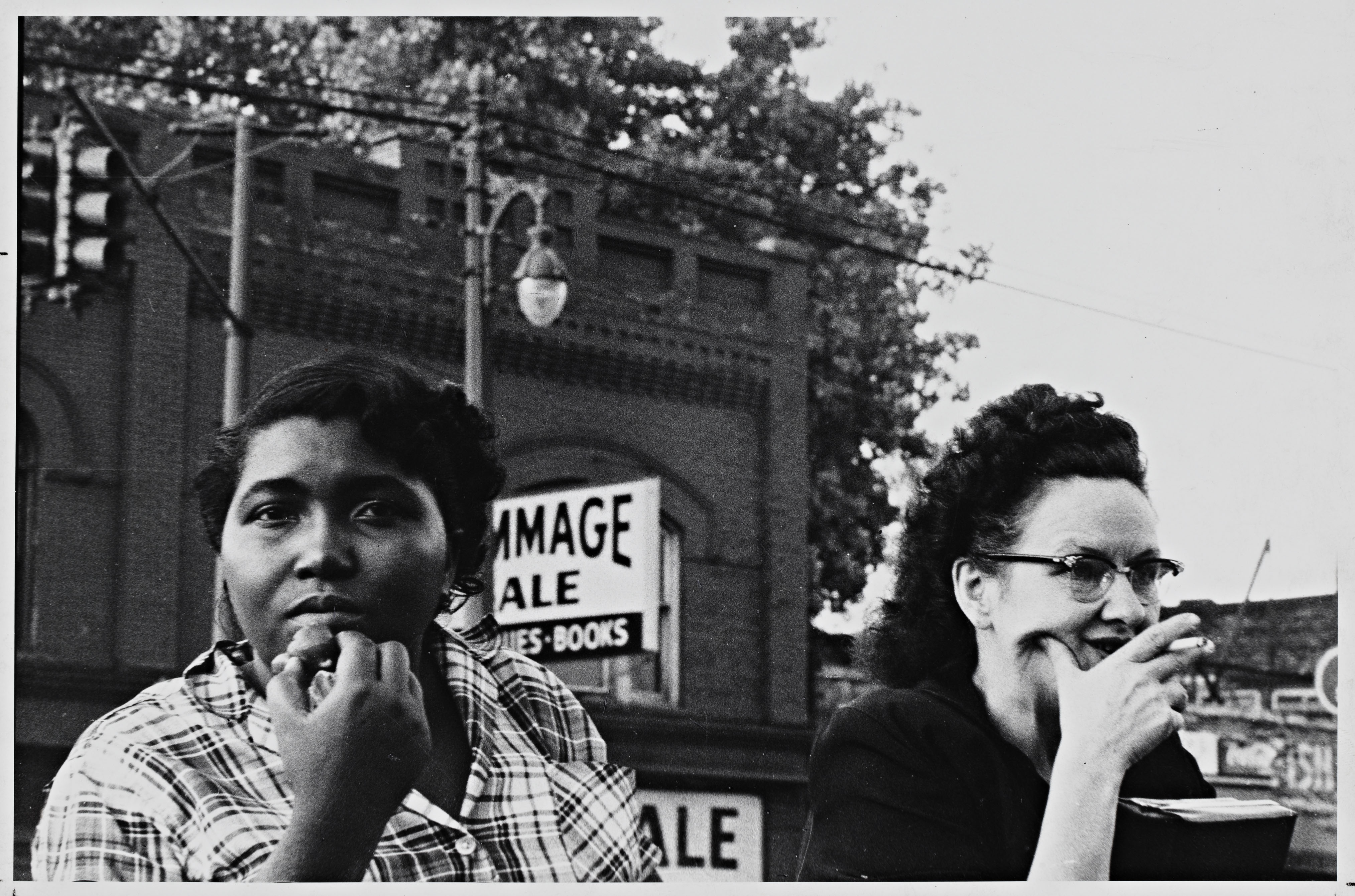
I like Frank’s work because it represents honesty and truth. It shows a section of society that had gone un-photographed for a great deal of time. They were the outsiders of America, and Frank wanted to capture people at the time that would portray the reality of the country. In articles I have read there has been a mention of the idea of loneliness in his photographs. I think you can see this emotion abundantly clear in the images produced. There is a certain rawness to the photographs which translate the real feelings of these individuals.
George Georgiou
Georgiou’s project is to photograph migrations and topography of London. The aim was to explore the movement of the increasing diversity in a western city. Georgiou wanted to capture the landscape and architecture and the rapid change that the city went through regularly. After spending the last nine years living and working in Eastern Europe, Georgiou was shocked by the speed of change and development that had occurred in the city whilst he was gone. I like these images because they show the city in it’s realness, there is no cover up to what we see everyday. I think the third image is particularly interesting as it’s not typically the image photographers normally want to capture. It shows the mundane regularity of people’s lives, rather than photographing the aesthetically pleasing and beautiful landscapes Georgiou is challenging the way we perceive our environment. He has captured the height of our development the way we travel, communicate and migrate creating a diverse culture.
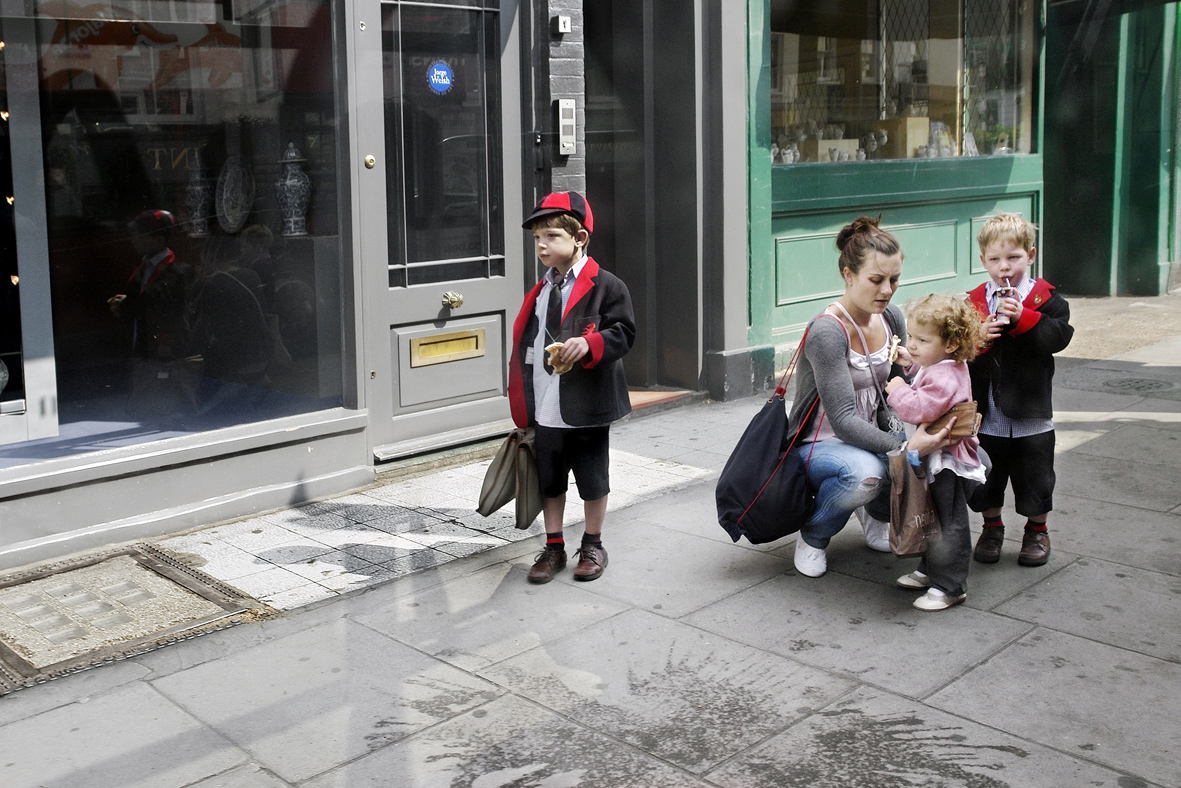
Camden Town to Hammersmith
James Nachtwey:
After watching some very inspirational short films on James Nachtwey’s work, I have developed my views further.
Nachtwey quoted: “I have been a witness, and these pictures are my testimony. The events I have recorded should not be forgotten and must not be repeated”.
I think that this is an extremely powerful statement. James is inciting that he wants to put a stop to all of the problems of the war and he’s using his photograph’s to make a positive change. I truly believe that he wants to make a difference in the world and the fact that he doesn’t change anything about the scene by using the camera as a mere tool, to record the situation is fantastic. Nachtwey himself remains a ‘witness’, all he has to show is what he’s taken. So for me, the ‘testimony’, shows that he has lived through the situation and has viewed a certain moment and wants to present it to the rest of the world.
Here’s a video about his war photography. It includes him working and some interesting information on his practice:
The documentary pictures he displayed were so meaningful and powerful. Behind every single picture there was a message. He focuses on very the very powerful subject of war.
For example, he took various pictures of a homeless Indonesian family living at a train station. They had very poor circumstances and even had to live on the actual rails, extremely close to the passing trains. Also, In an unfortunate event the father lost two of his limbs: his left leg and his left arm. This was due to a train accident and the man was left without a job. Subsequently, he couldn’t further provide for his family and their current situation would’ve worsened. Here’s Nachtwey’s picture, that I’m referring to:

This series of photograph’s made people realize the family’s situation and subsequently take action. Soon the family were living in substantial conditions. It can take as little as a deteriorating and shocking image to change people’s views. In effect this changed their environment and lifestyle for the better. It surely shows that his documentary picture have the power to make a massive difference, which is amazing.
Nachtwey spoke at a TED talk entitled ‘My Photographs Bear Witness’. He discussed the picture above at @13:07 minutes into the clip. James also talked about various other photographs in the following video:
James Nachtwey produced a very powerful video, on a TED talk It begins at @2:00 minutes. It shows various pictures that he took from around the world. They all focus on one particular subject. It’s about XDR, a drug-resistant strain of Tuberculosis that has begun a worldwide medical crisis. Here’s the video:
Nachtwey’s photography in this film is very raw. He aims to show the negative sides of life and doesn’t sugar-coat anything at all. I also thought that the colours he used to be very effective. James utilised a bright yellow font against a dark background in-between the pictures. The yellow really popped and grabbed my attention. Yellow is the most luminous color in the spectrum. Interestingly, Nachtwey’s choice of bright yellow may have to do with the images being shown. Although the color can be representative of happiness, there are other underlying traits. In particular it represents physical illnesses for example: jaundice, malaria, and in this case TB. It screams the word caution, like in road signs. Insightfully, it’s also has many negative connotation worldwide like: Mexicans used bright yellow to signal death, Jews in the Middle Ages were labeled with yellow before prosecution. Therefore, I believe that Nachtwey chose this color to symbolize the negative effects. He may have chosen it to relate to ideological viewpoints of people and outline how serious and deadly the things he showed were.
ATLANTUS – JERSEY TO NEW JERSEY
Atlantus is a project that Mr.Toft has been working on for the past few years along side Gareth syvret. The project is based around the archisle: The Jersey Contemporary Photography Program at the Société Jersiaise where they have embarked on a major creative research project using the Photo-archive as a vector in exploring historical and cultural links between Jersey and New Jersey.
This project is inspired partly by the 350th anniversary, in 2014, of the founding of the State of New Jersey, USA in 1664 by Jerseyman, Sir George de Carteret. As part of this project Mr.Toft will be producing new work both in (old) Jersey and New Jersey, exploring both places unique cultures, histories, identities and geographies. Immediate plans is to design a pop-up exhibition in New Jersey to coincide with major celebrations across the state throughout the summer. The long term objectives of this 4-5 year project are to make exhibitions, publications and establish contemporary photographic archives in Jersey and New Jersey.
MOTHER AND DAUGHTER
I like the idea of re-creating photographs, as I look similar to my mum I want to take some photographs of myself and replicate a photo of her as best as I can. I found some photographs from her wedding day that look the most like me, and I am going to dress myself to look like my mum as much as I can then take a photograph. This idea relates to the theme of family. I love the concept of relating me to my mum as a project because hopefully I’ll be able to capture an emotional connection between the photographs. I want to take the pictures on a disposable camera to make the photograph looks older so that it will look similar to the style of my mums photographs. Most of my family pictures were taken on disposable cameras so it is nice to fit my photographs with this theme. So when I compare my work with previous photographs from family albums it will interlink and look like more of a package.
Case Study – Introduction (Task 1)
Background
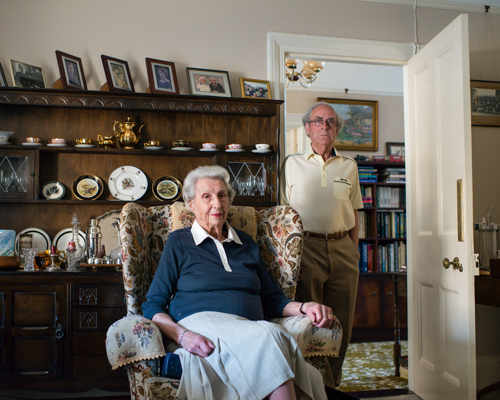
‘Atlantus’ is a photography project completed this year by Martin Toft – in association with The Archilse Comtemporary Photography Project – set up by Gareth Syvret at the Societe Jersai Photographic Archives. The project explores the relationship between Jersey in the Channel Islands and the State of New Jersey in America.
In 1664, Jerseyman Sir George Carteret, a royalist statesman was offered Land in the American Colonies by King Charles II, in recognition for the Island’s loyalty to the Royalists during the English Civil War. The territory given to Carteret was named ‘New Amsterdam’, which Carteret re-named ‘New Jersey’, in honour of his Birthplace. This territory later became known as the State of New Jersey after American independence from the British Empire in 1776.
After discovering that the Societere Jersai had virtually no photographic or written historical archives concerning New Jersey nor the relationship between Jersey and New Jersey, Toft therefore decided to make a photographic response exploring the connection. Along with Gareth Syvret and the team at Archilse, Toft embarked on a large 18 month photography project. The project explored both the historical as well as cultural links between these two places.
The finished project was made into a multi-functional newspaper edition, linked together on an exhibition display and shown as a visual story, of which 3,000 copies have been made. There are 5 different stories within ‘Atlantus’, which make up 5 different newspapers to complete the series. ‘Atlantus’ explores the connections shared between the communities of Jersey and New Jersey, historically, politically and socially. The choice of locations were the West Coast of Jersey and the East Coast of New Jersey, a poetic gesture as these two locations Geographically face one another, a therefore the photos of ‘Atlantus’ metaphorically builds a bridge which connects the two distant lands together.
The photographs taken by Toft over the course of the project goes to tell a story. Toft in doing so, uses many forms of narrative techniques to tell this story. Toft uses historical events and archival images over the course of the project as a way of creating a common connections, then explored in greater detail through the documentation of his own photographs. ‘Atlantus’ is body of work related to the genre of documentary photography but incorporates many different sub-categories of this, including ‘still-lifes’, ‘formal portraits/tableaux’, as well as classic documentary photography.
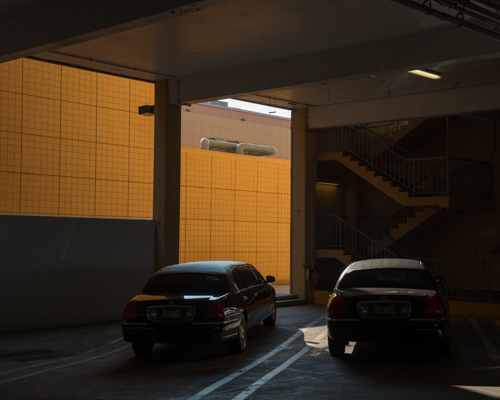
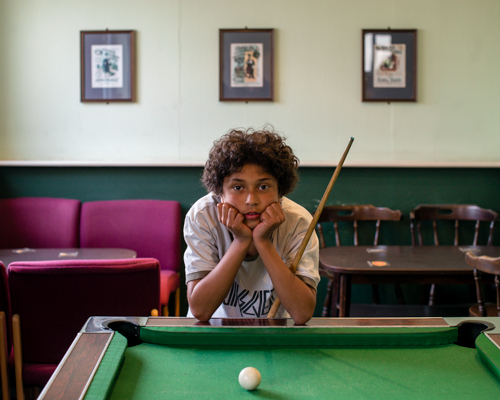
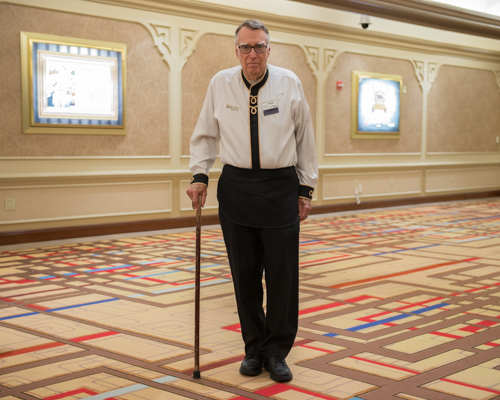
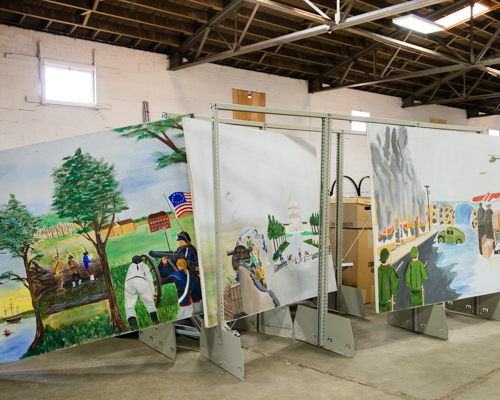
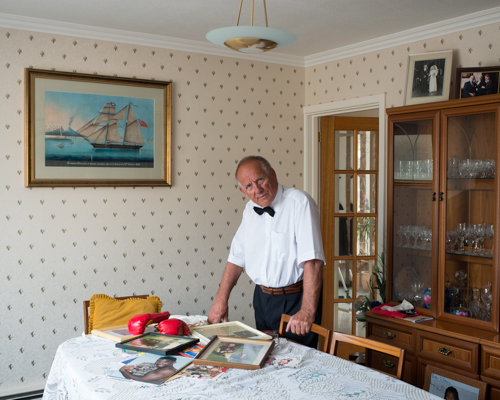
Documentary Specification: Community
We are constantly surrounded by our communities and we are always sharing experiences with others. Through making photographs of our communities we are able to share with the world different aspects of other people’s lives and we are able to give them an insight on what is going on in different parts of the world and how people act with one another. I think we have many different communities everywhere and they are yet to be explored. This will be challenging to go out and find and be able to make photographs as an insider. I think that you have more opportunity as an insider on what’s going on within your group and you already know those personalities rather than being an outsider, not knowing much and just coming into a new community and possibly representing them in a different light to how they would actually like to be represented. People are often a lot more comfortable with you and in the photographs if they know you. Spectators are able to different communities around them and across the globe. 